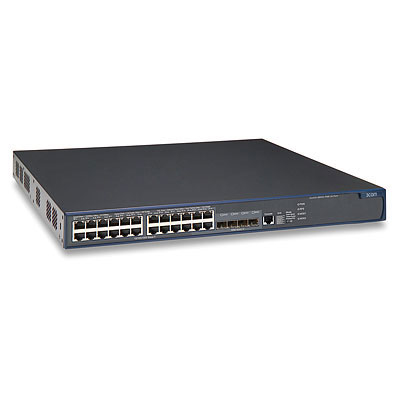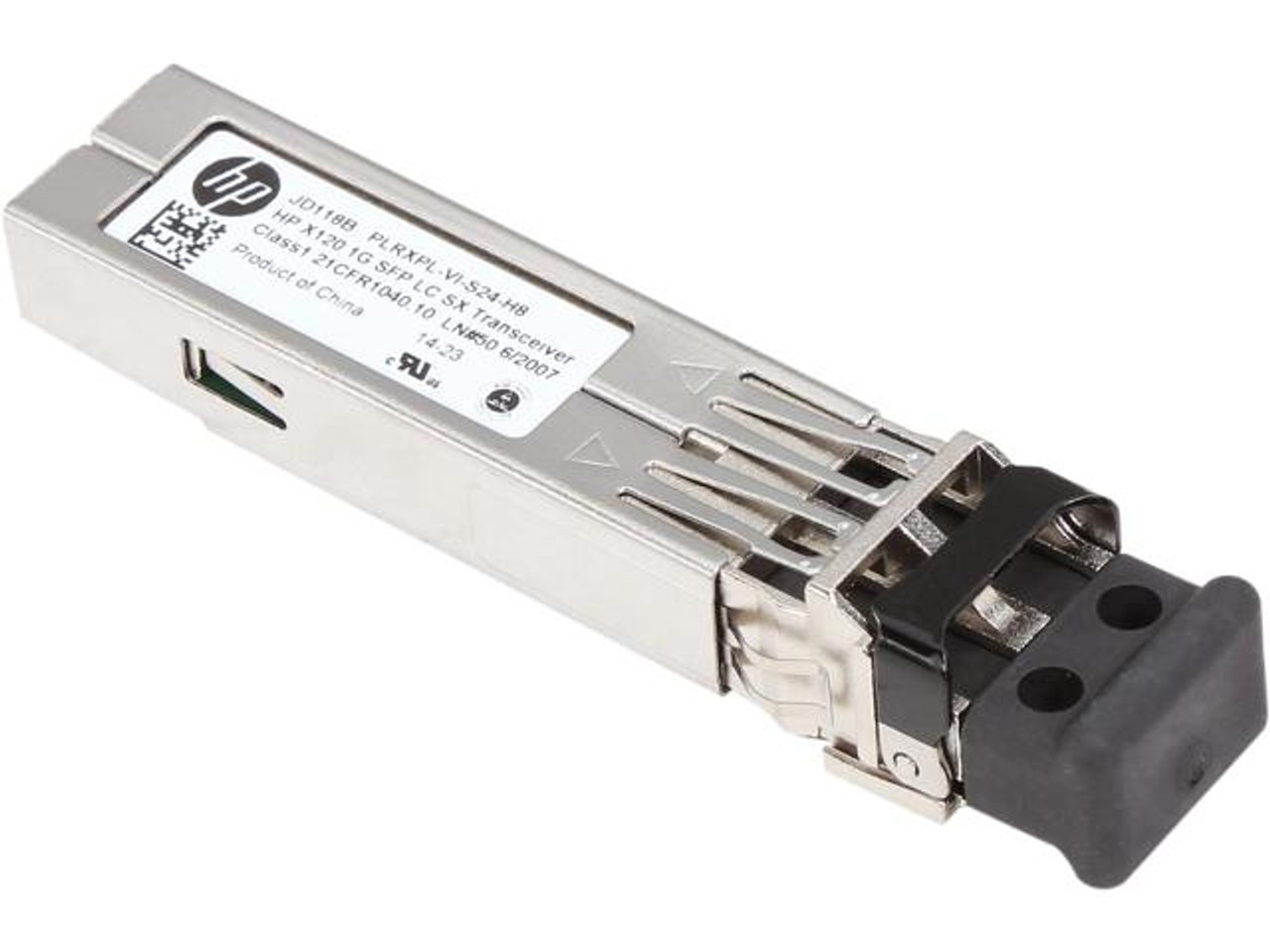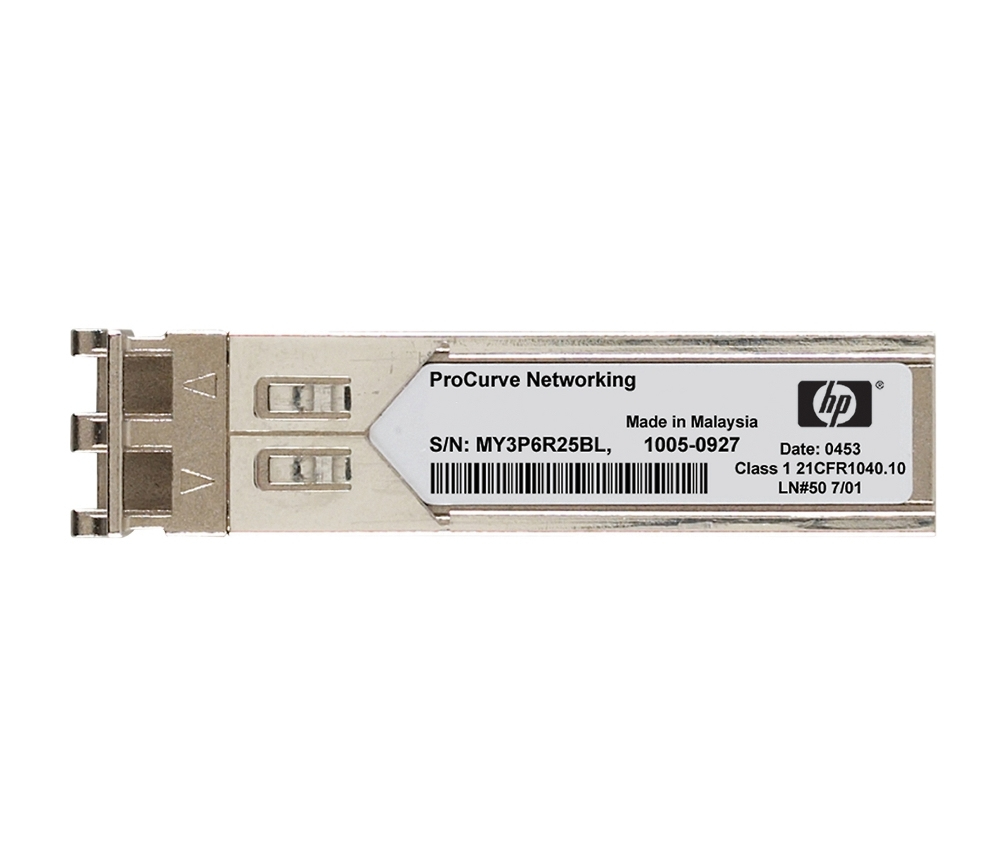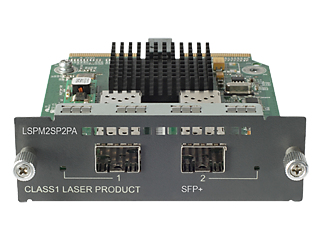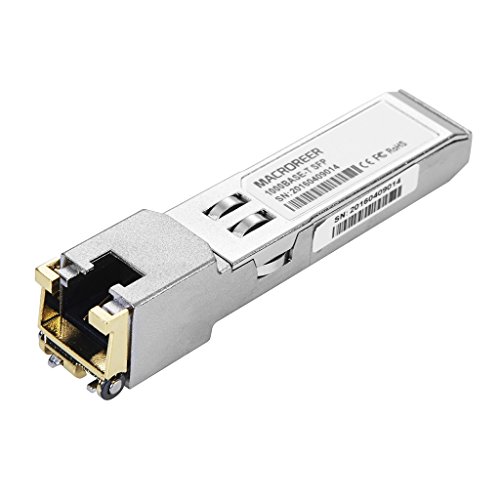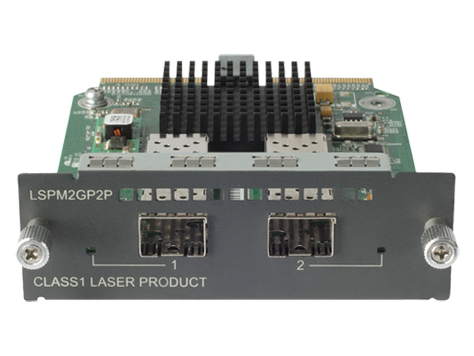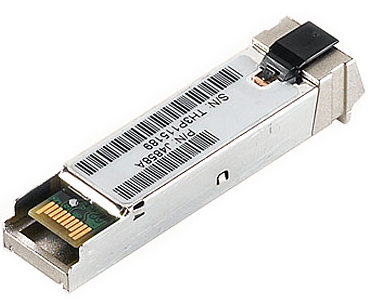HPE BladeSystem 4800-24G-PoE Managed L3 Power over Ethernet (PoE) 2U Black
2279
HPE BladeSystem 4800-24G-PoE Managed L3 Power over Ethernet (PoE) 2U Black
4800-24G-PoE - 24x RJ-45, 4x SFP, Gigabit Ethernet, 256 MB, 6000g, Black
Availability:In stock
Only 1 left
£2,279.00
Details
The HP 4800G Switch Series is a Stackable Gigabit switch family that delivers outstanding security, reliability, and multi-service support capabilities for robust switching at the edge or aggregation layer of large enterprise and campus networks, or in the core layer of medium- and small-sized enterprise networks. The family consists of Layer 2/3/4 Gigabit Ethernet switches that can accommodate the most demanding applications, providing resilient and secure connectivity and the latest traffic-prioritization technologies to optimize applications on converged networks. Designed for maximum flexibility, these switches are available with 24 or 48 Gigabit ports. Power over Ethernet (PoE) and non-PoE models are offered with optional 10 Gigabit expansion capability and small form-factor pluggable (SFP) Gigabit combo ports for fiber flexibility. The all-SFP model with dual power supplies, for highest availability applications, allows for very flexible fiber with copper Gigabit connectivity. - Layer 4 prioritization: enables prioritization based on TCP/UDP port numbers. Traffic prioritization (IEEE 802.1p): allows real-time traffic classification into eight priority levels mapped to eight queues. Class of Service (CoS): sets the IEEE 802.1p priority tag based on IP address, IP Type of Service (ToS), Layer 3 protocol, TCP/UDP port number, source port, and DiffServ. Rate limiting: sets per-port ingress enforced maximums and per-port, per-queue guaranteed minimums. Bandwidth shaping: Rate limiting: provides per-port, ingress-based enforced bandwidth maximums. Guaranteed minimums: provides per-port, per-queue egress-based guaranteed bandwidth minimums. - IEEE 802.1AB Link Layer Discovery Protocol (LLDP): automated device discovery protocol provides easy mapping by network management applications. Remote configuration and management: is available through a secure Web browser or a command-line interface (CLI). Manager and operator privilege levels: enable read-only (operator) and read-write (manager) access on CLI and Web browser management interfaces. Management VLAN: segments traffic to and from management interfaces, including CLI/telnet, a Web browser interface, and SNMP. Uni-Directional Link Detection (UDLD): monitors cable between two switches and shuts down the ports on both ends if the cable is broken turning the bi-directional link into uni-directional; this prevents network problems such as loops (may not apply to all models; see specifications for more details). - Auto-MDIX: automatically adjusts for straight-through or crossover cables on all 10/100 and 10/100/1000 ports. Dual-personality functionality: includes four 10/100/1000 ports or SFP slots for optional fiber connectivity such as Gigabit-SX, -LX, and -LH, or 100-FX. IEEE 802.3af Power over Ethernet (PoE): provides up to 15.4 W per port to IEEE 802.3af-compliant PoE-powered devices such as IP phones, wireless access points, and security cameras. Optional 10 Gigabit Ethernet ports: allow the addition of 10 Gigabit Ethernet connections for uplinks or high-bandwidth server connections; flexibly supports XFP, SFP+, or CX4 local connections. High-bandwidth CX4 local stacking: when locally stacked using CX4 local stacking, achieves 12 Gbps per connection, allowing for up to 96 Gbps total stacking bandwidth (full duplex) in a resilient stacking configuration. - IEEE 802.1D Spanning Tree Protocol (STP): provides redundant links while preventing network loops. IEEE 802.1s Multiple Spanning Tree: provides high link availability in multiple VLAN environments by allowing multiple spanning trees. Virtual Router Redundancy Protocol (VRRP): allows groups of two routers to dynamically back each other up to create highly available routed environments. Device Link Detection Protocol (DLDP): monitors link connectivity and shuts down ports at both ends if unidirectional traffic is detected, preventing loops in STP-based networks. Intelligent Resilient Framework (IRF): creates virtual resilient switching fabrics, where two or more switches perform as a single Layer 2 switch and Layer 3 router; switches do not have to be co-located and can be part of a disaster-recovery system; servers or switches can be attached using standard LACP for automatic load balancing and high availability; simplifies network operation by eliminating the complexity of Spanning Tree Protocol, Equal-Cost Multipath (ECMP), or VRRP. - Advanced IRF technology stacking: - Locally connect up to nine 4800G switches using 10 Gigabit or CX4 local connections. - Improve resiliency by spreading aggregated links across multiple stacked units. - See faster performance through a distributed routing architecture where locally bound traffic is handled at each unit. - Simplify management with single IP management and a unified control interface per stack. RMON (remote monitoring): provides advanced monitoring and reporting capabilities for statistics, history, alarms, and events. Dual flash images: provides independent primary and secondary operating system files for backup while upgrading. Full-featured console: provides complete control of the switch with a familiar command-line interface (CLI). Web interface: allows configuration of the switch from any Web browser on the network. - VLAN support and tagging: support IEEE 802.1Q with 4,094 simultaneous VLAN IDs. GARP VLAN Registration Protocol: allows automatic learning and dynamic assignment of VLANs. IP multicast snooping and data-driven IGMP: automatically prevents flooding of IP multicast traffic. Jumbo packet support: supports up to 9220-byte frame size to improve the performance of large data transfers. IEEE 802.1ad QinQ: increases the scalability of an Ethernet network by providing a hierarchical structure; connects multiple LANs on a high-speed campus or metro network.
More Information
| SKU | JD008A | ||||||||||||||||||||||||||||||||||||||||||||||||||||||||||||||||||||||||||||||||||||||||||||||||||||||||||||||||||||||||
|---|---|---|---|---|---|---|---|---|---|---|---|---|---|---|---|---|---|---|---|---|---|---|---|---|---|---|---|---|---|---|---|---|---|---|---|---|---|---|---|---|---|---|---|---|---|---|---|---|---|---|---|---|---|---|---|---|---|---|---|---|---|---|---|---|---|---|---|---|---|---|---|---|---|---|---|---|---|---|---|---|---|---|---|---|---|---|---|---|---|---|---|---|---|---|---|---|---|---|---|---|---|---|---|---|---|---|---|---|---|---|---|---|---|---|---|---|---|---|---|---|---|
| EAN | 0885631166680 | ||||||||||||||||||||||||||||||||||||||||||||||||||||||||||||||||||||||||||||||||||||||||||||||||||||||||||||||||||||||||
| Specification |
|
||||||||||||||||||||||||||||||||||||||||||||||||||||||||||||||||||||||||||||||||||||||||||||||||||||||||||||||||||||||||
| Manufacturer | HPE | ||||||||||||||||||||||||||||||||||||||||||||||||||||||||||||||||||||||||||||||||||||||||||||||||||||||||||||||||||||||||
| In Stock | Y | ||||||||||||||||||||||||||||||||||||||||||||||||||||||||||||||||||||||||||||||||||||||||||||||||||||||||||||||||||||||||
| Meta Description | 4800-24G-PoE - 24x RJ-45, 4x SFP, Gigabit Ethernet, 256 MB, 6000g, Black | ||||||||||||||||||||||||||||||||||||||||||||||||||||||||||||||||||||||||||||||||||||||||||||||||||||||||||||||||||||||||
Reviews

